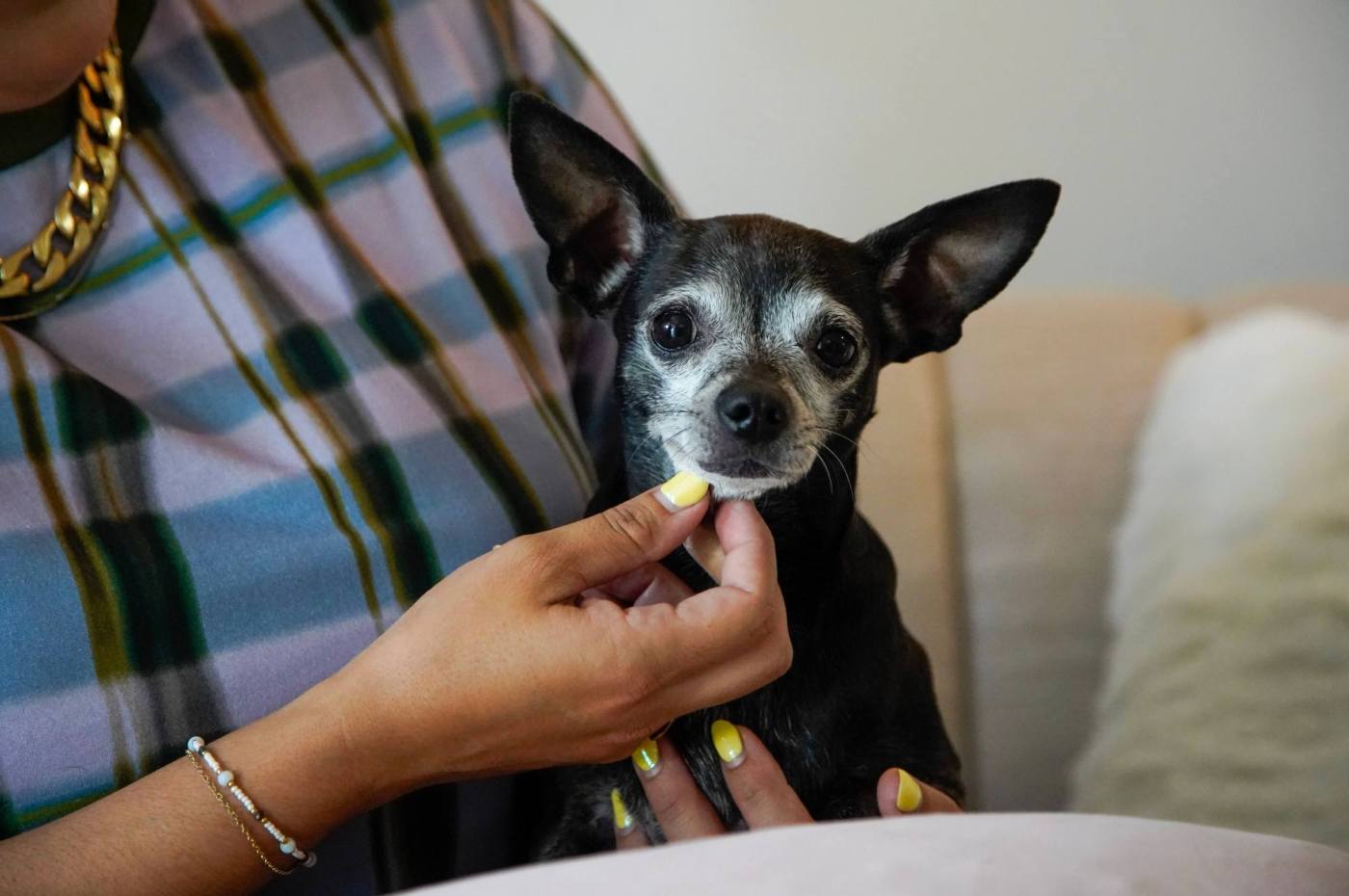Starting this week, dog owners will have to jump through a lot more hoops to bring their pets into the United States, including those crossing the border from Mexico.
Related Articles
Leave your dogs at home for this weekend’s CatVideoFest 2024
Puppies saved from Park Fire were ‘all over the place’ in rescue chopper
Bay Area man wonders if hummingbirds ever crash into humans
Booties. Indoor dog parks. And following the vet’s orders. How to keep pets cool this summer
Controversial South Bay horseback riding company under investigation following death of horse
Under new U.S. Centers for Disease Control and Prevention rules, which went into effect Thursday, dogs coming to the U.S. from Mexico and Canada must appear healthy upon arrival, be at least 6 months old, have a microchip that can be detected with a universal scanner, and be accompanied by an import form.
The news has caused some confusion on both sides of the California-Mexico border and created a scramble among many dog owners to quickly get their pets microchipped — an uncommon practice south of the border.
“CDC’s importation requirements apply to all dogs, including dogs that leave the country for short trips, such as to visit family or friends, or to receive veterinary care,” a CDC spokesperson said.
Since the requirements are largely designed to prevent the reintroduction of dog rabies, the rules travelers have to follow will depend on where the animal has been in the last six months. Dogs from a country considered to be rabies-free or low-risk, such as Mexico or Canada, have fewer requirements than dogs from high-risk countries. The list of high-risk countries can be found on the CDC website and includes several Latin American, Asian, African and Middle Eastern regions.
Owner Ana Laura Galicia holds Pepper while Denisse Espinoza with Dog Rescue Without Borders inserts the microchip. (Alejandro Tamayo / The San Diego Union-Tribune)
It was unclear whether other documentation, such as a rabies vaccination certificate, would still be needed under the updated requirements. For years, it has been required that dogs be vaccinated against rabies three months before entering the country, so it was common for border crossers to travel with vaccination certificates as proof.
The new CDC form is available online and can be completed on the day of travel.
Dog owners who fill out the form will then receive a submission receipt they can present to border officials and airlines either as a printed copy or a phone screenshot. The receipt can be used for multiple entries for six months, as long as the dog has not been in a high-risk country during that time. Each canine must have its own form, officials said.
U.S. Customs and Border Protection assured this week that border wait times would not be impacted by the changes.
“CBP here in the San Diego Field Office will not be checking for microchips, and we do not expect wait times to increase as a result of the new regulation,” spokesperson Wilson Portocarrero said. He added that officers likely won’t be questioning every dog owner going through the line but that travelers should still be prepared.
Cynthia España with Dog Rescue Without Borders verifies the microchip. (Alejandro Tamayo / The San Diego Union-Tribune)
“I do caution travelers, however, that if a dog appears to be visibly sick or ill, it would be a cause of concern, and officers may open additional lines of questioning that may delay that traveler as a result,” he said.
In Tijuana, a binational nonprofit organization has started microchipping dogs at low cost to help owners comply with the new rules. Cynthia España of Dog Rescue Without Borders said last week that of the more than 30 microchips they have put in Tijuana dogs recently, all of them were because their owners wanted to cross the border with them.
“She’s my companion dog,” said Tijuana resident Ana Laura Galicia, who recently got her Chihuahua microchipped. “We go for a walk more in the U.S. than we do in Tijuana because there aren’t many dog parks here.”
Galicia said that while she had already considered the idea of microchipping her pet, it was the CDC’s announcement that made her act.
Cynthia España and Denisse Espinoza, volunteers with Dog Rescue Without Borders, explain the new rules at the border. (Alejandro Tamayo / The San Diego Union-Tribune)
España noted that before the new border rules were announced, it was rare to see dog owners in Tijuana microchipping their dogs, so she believes the changes will ultimately be positive, especially for lost dogs.
She added that there will be no major changes for the nonprofit because, for the past 10 years, all rescue dogs sent to the U.S. for adoption have been microchipped in Mexico. However, she said they used to send dogs to the U.S. as early as 4 months old, but now the minimum required is 6 months.
The rule changes have been more controversial along the U.S.-Canada border.
Earlier this month a bipartisan group of 14 U.S. senators in northern border states sent a letter to the CDC, stating that their constituents have expressed concern about the “burdensome effects of this rule” and tried to get an extension “until a regulation can be drafted that both appropriately protects public health and allows the importation of dogs from Canada and other low-risk countries.”
Days later, the CDC said that it simplified the process for dogs arriving from rabies-free or low-risk countries.
Dog rabies was eliminated in the United States almost 20 years ago, but CDC officials said that the new guidelines “will address recent challenges seen with international dog importations, including the challenges posed by fraudulent documentation and dogs housed in unsafe conditions.”
“The rule will also more closely align with the World Organization for Animal Health’s standards for the international movement of dogs from rabies-endemic countries,” the CDC added.











